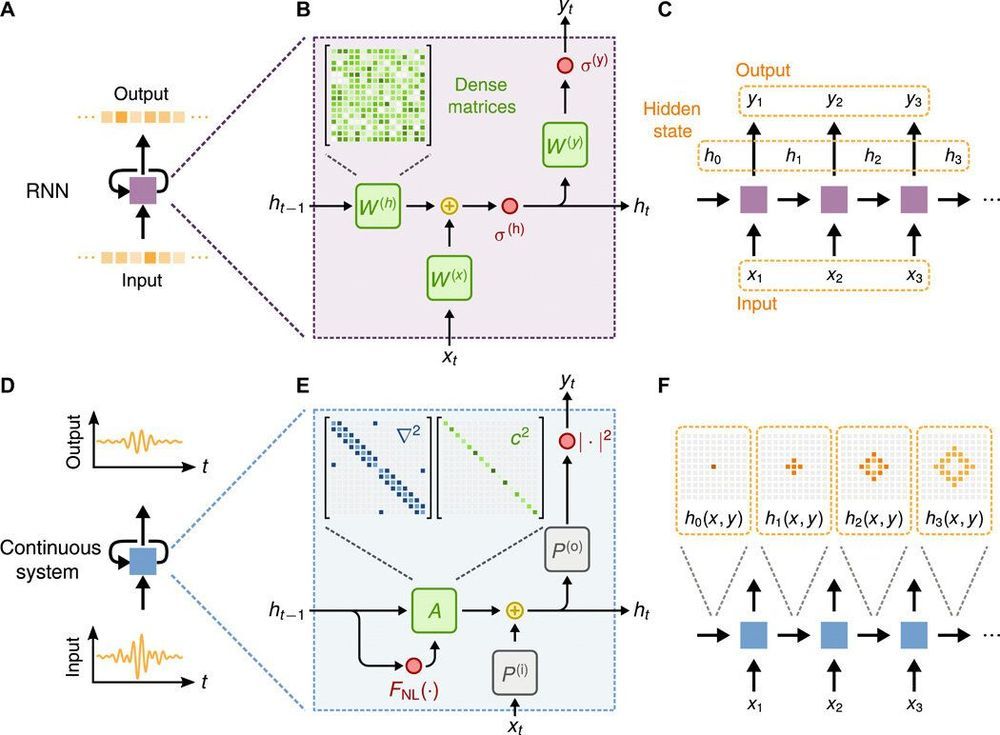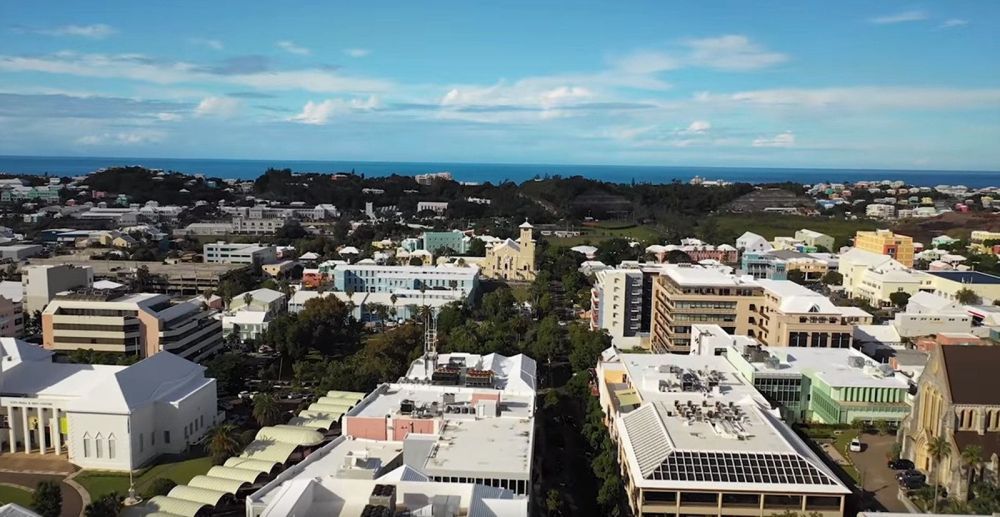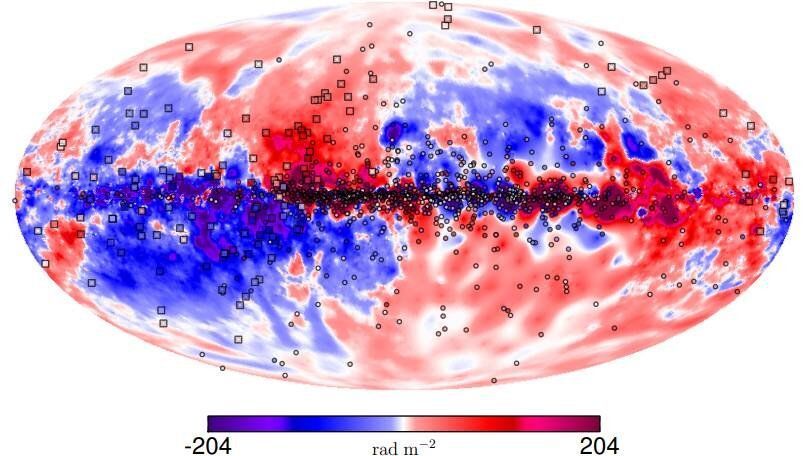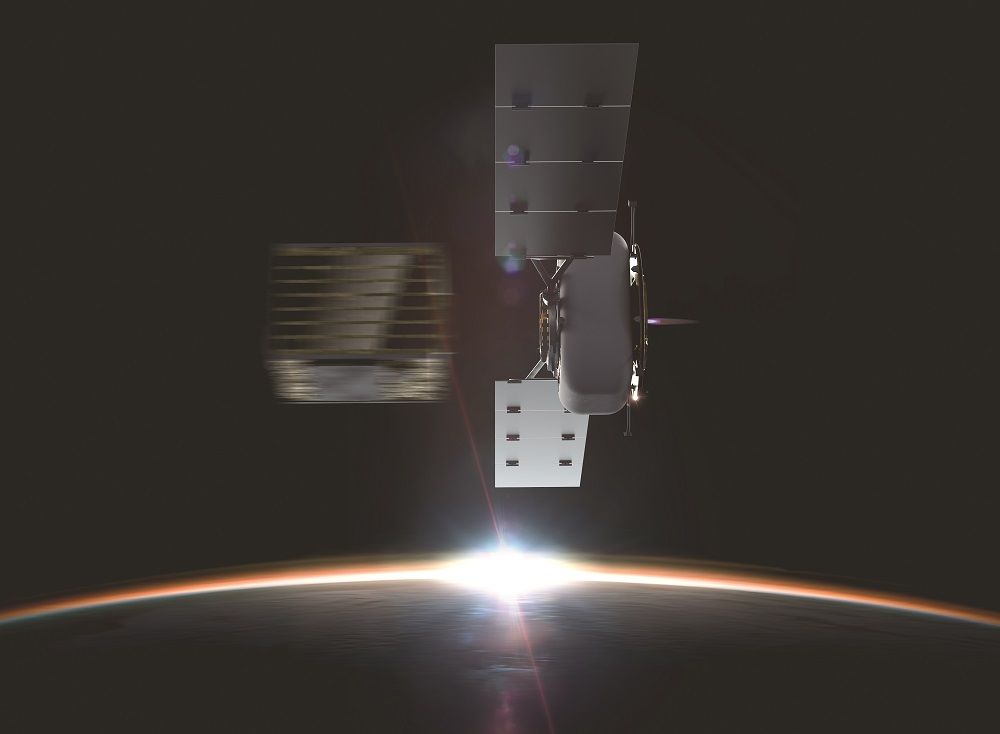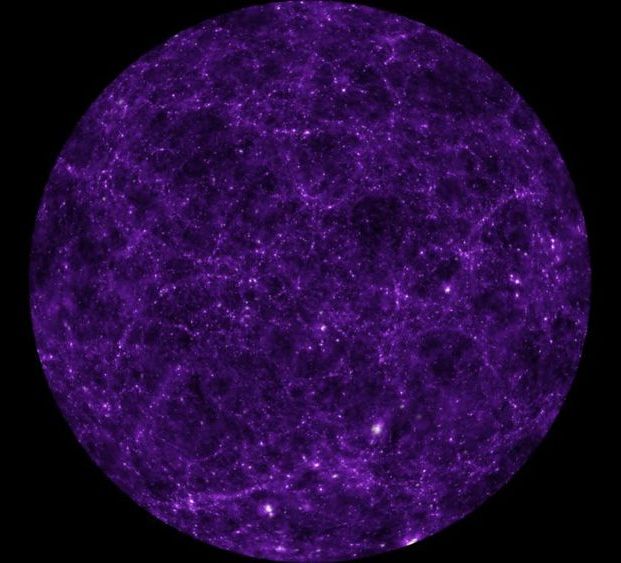Economists view the world economy and society, especially in the United States, differently from intelligence analysts, with varying degrees of skill and accuracy. In 2004, the year Facebook was founded, the U.S. was already wondering what the world would look like 16 years later in 2020. A 119-page report by the National Intelligence Council titled “Mapping the Global Future”, which was released in 2004, showed some of these forecasts.
First, the authors of the report sensed that the world in 2020 will be approaching an inflection point. Aware of America’s waning influence, they wrote: “At no time since the formation of the Western alliance system in 1949 have the shape and nature of international alignments been in such a state of flux.” 16 years ago, they believed that by 2020, the trend would be one that “dramatically altered (America’s) alliances and relationships with Europe and Asia,” as European allies prioritized the European Union over NATO and Asian allies adjusted to the rise of China and India.
Second, the rise of the “America first” movement. The report stated that “a lot of Americans are getting tired of playing the world’s policeman” and shouldering the burden of securing allies is a rotten deal. Even leaving the United Nations (UN) in the United States is a bad deal. This prediction, made 16 years ago, now seems completely correct, because there are “America Firster” groups calling for the UN to leave New York, and the current U.S. president himself is a strong supporter of the “America First” movement.

